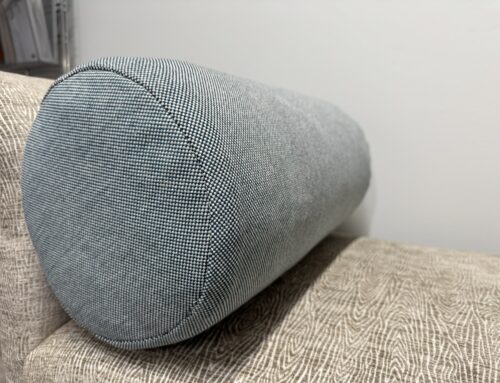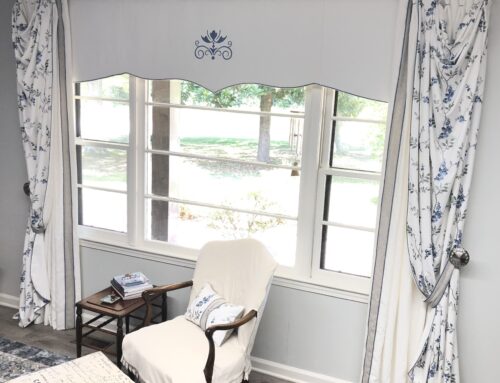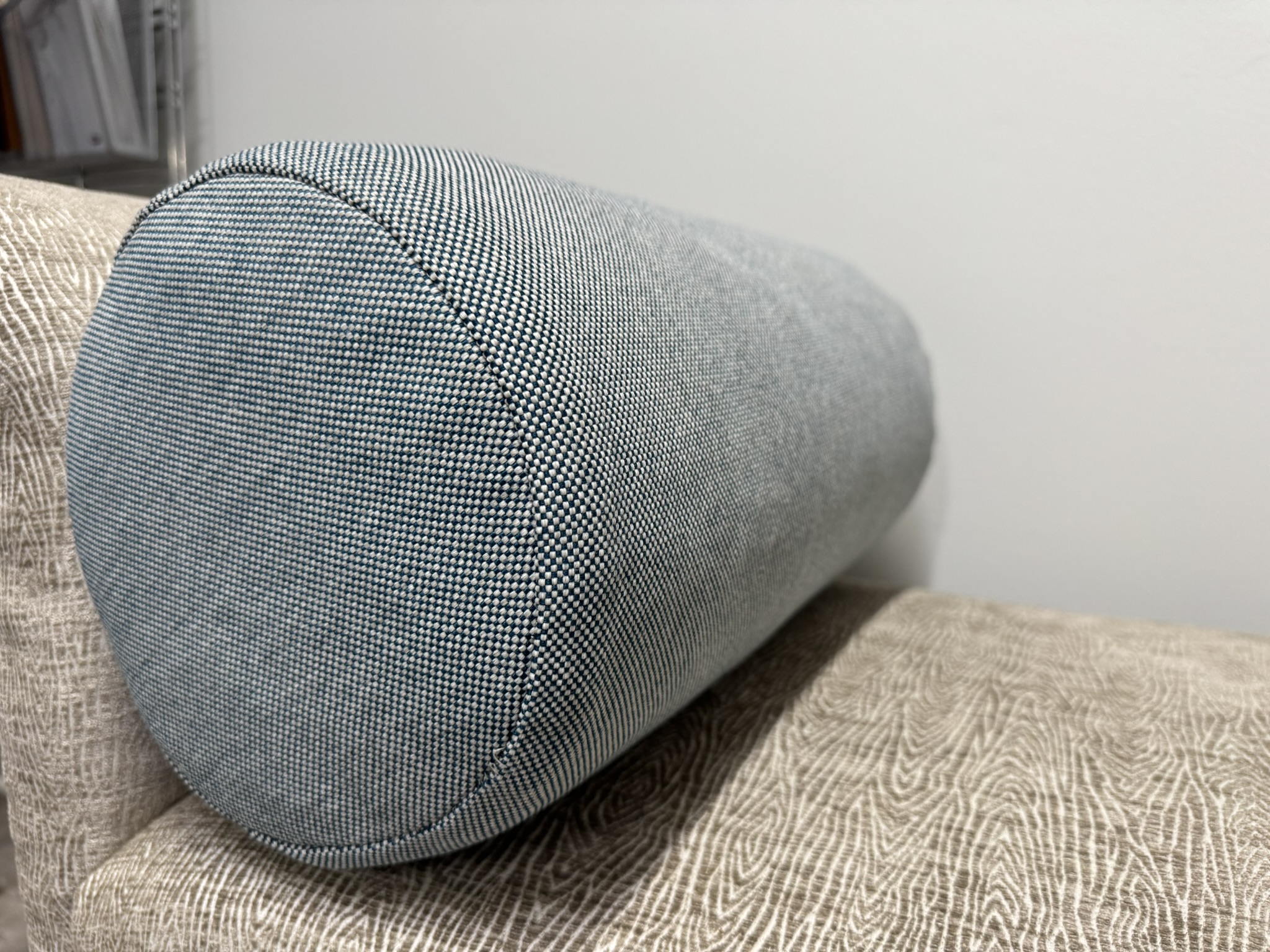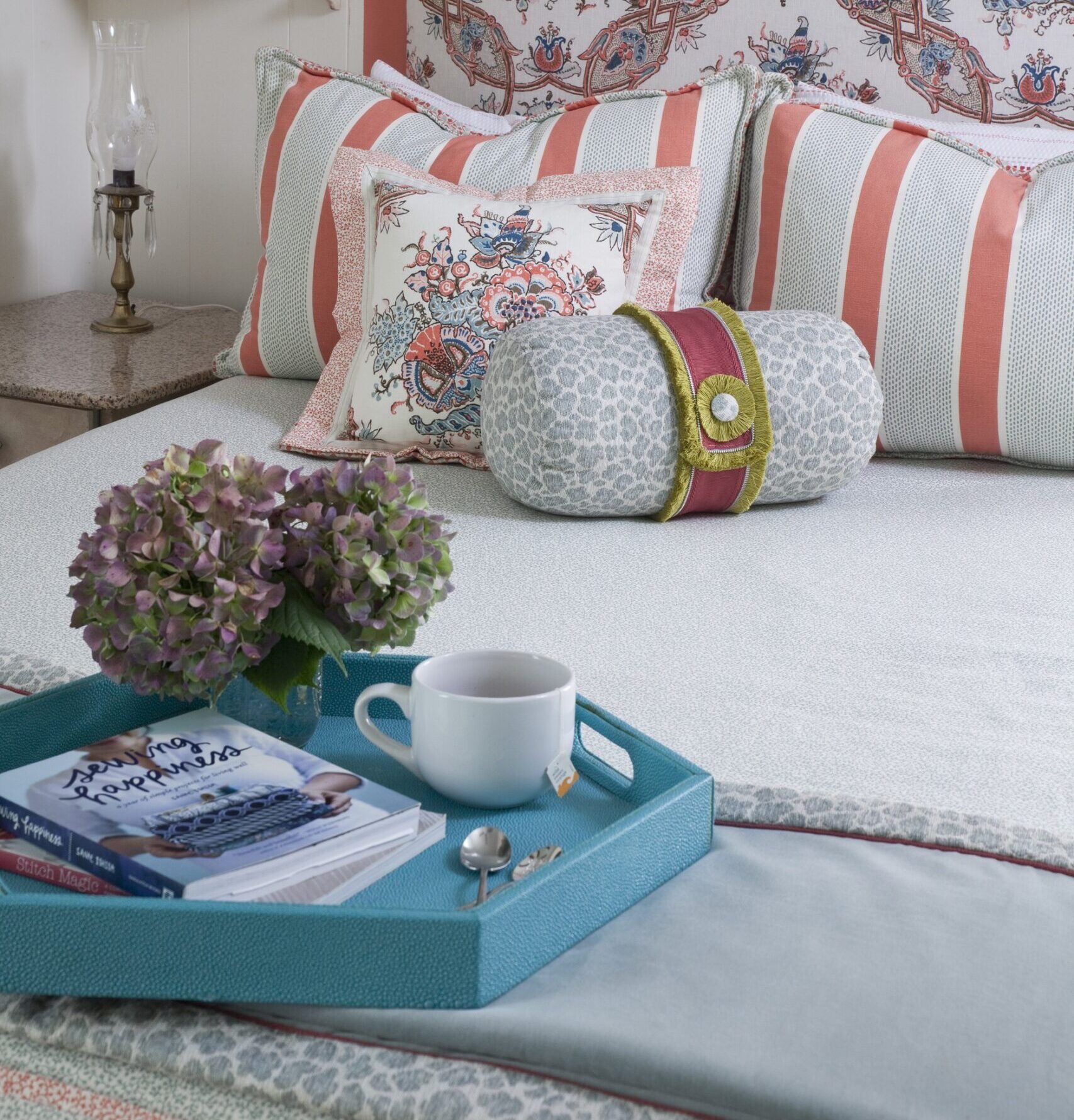Ripplefold Drapery System – Understanding the Basics
The first set of Ripplefold draperies I made was probably [...]
The first set of Ripplefold draperies I made was probably about twenty years ago. It was wall to wall and floor to ceiling and it was a cranberry, textured cotton fabric. Yup, it’s true, I remember the exact color and texture! Oh, and it was made using blackout lining. And twenty years ago blackout linings were horrid. The blackout linings back then were stiff, like cardboard. Nothing like the soft and flowing blackout linings we now have available today. Anyway, they were heavy and there was no room for error in width or length. But with proper measurements, that wasn’t the part that I was worried about.
Ripplefold draperies are made in fullness percentages. 120%, 100%, 80% and 60%. What do these percentages refer to? I was used to making draperies at 2 1/2 times fullness or 3 times fullness which is easy to figure out. So, trying to figure out the percentages scared me. Twenty years ago, there weren’t online forums, or facebook groups to reach out to. All I was able to find was a Ripplefold chart with several columns and lots of numbers that didn’t make any sense to me, at all.
With my inquisitive mind I sat down and made myself figure out all I could about the Ripplefold system. The fullness is determined by the spacing of the carriers on the Ripplefold STRING inside the drapery track. The closer together the carriers, the more fullness in the drapery. So 120% fullness the carriers are spaced closer together than a 60% fullness.
And then there are other options such as cord or baton draw, Butt-Master carriers or Overlap-Master carriers, ceiling mount or wall mount brackets, and split draw or center draw.
Share this article

Written by : Donna Cash
I’m an award winning custom soft furnishings designer, sewing fabricator, and teacher of exquisite custom fabric items, also known as custom soft furnishings, for homeowners and interior designers. These products range from custom pillows and valances to draperies, slipcovers, and upholstery. Sewing has always been my creative outlet. Designs by Donna has been serving Atlanta and the surrounding areas since 1987. We are located in Flowery Branch, just outside of Atlanta, GA.







